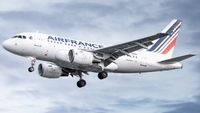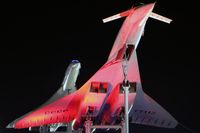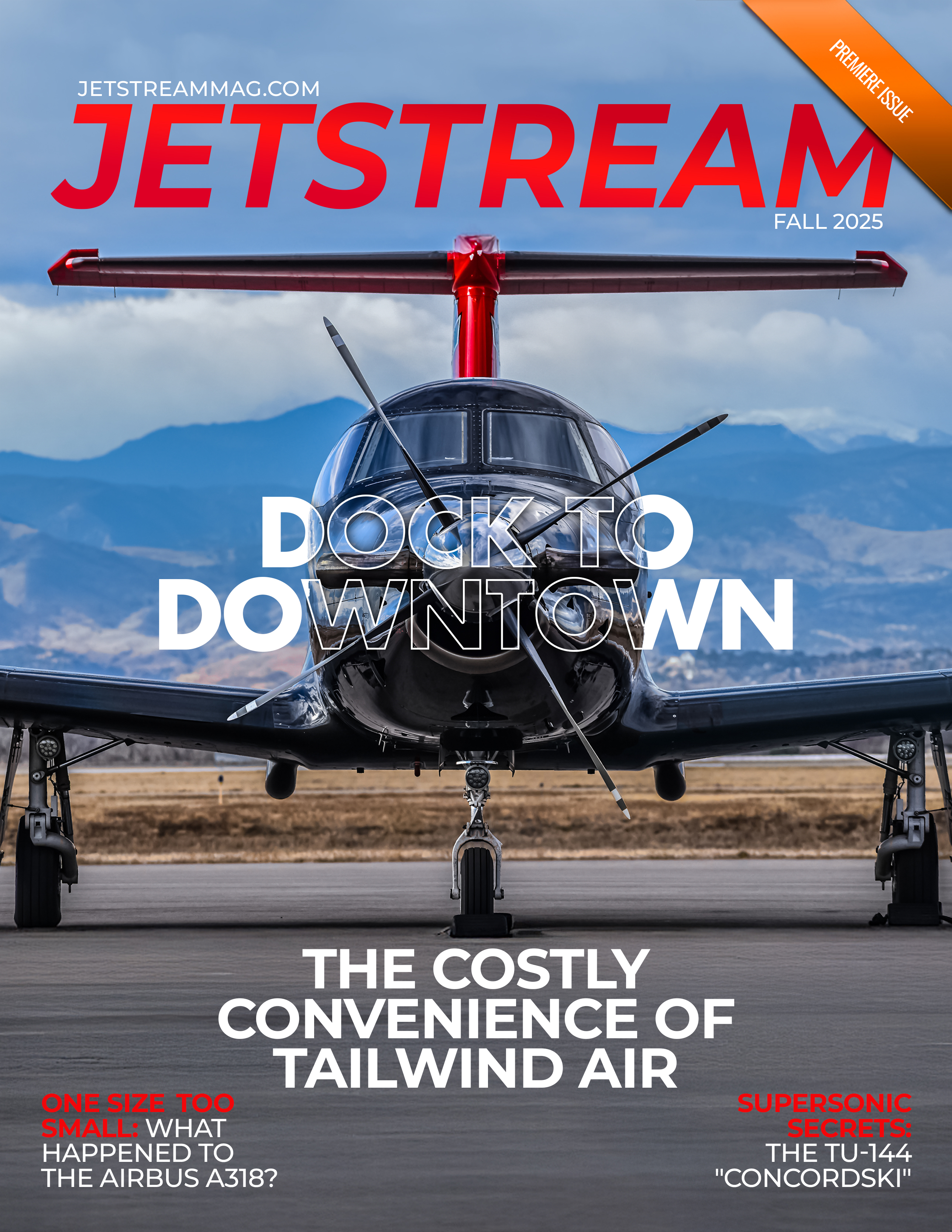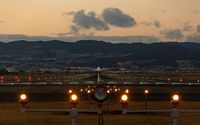Perched high in the Himalayas, Lukla Airport — officially known as Tenzing-Hilary Airport — is widely regarded as the world's most dangerous airport. Located in Nepal's Khumbu Pasanglhamu region near Mount Everest, it serves as a critical gateway for trekkers beginning their journey to the world's highest peak.
Despite its reputation for danger, Lukla Airport plays an essential role in connecting the region. With limited road infrastructure, it remains the primary lifeline for transportation, linking the remote town of Lukla to larger cities like Kathmandu and more accessible villages such as Manthali. While the flights most often carry tourists, hikers, and villagers, they also carry important goods such as building materials and cargo.
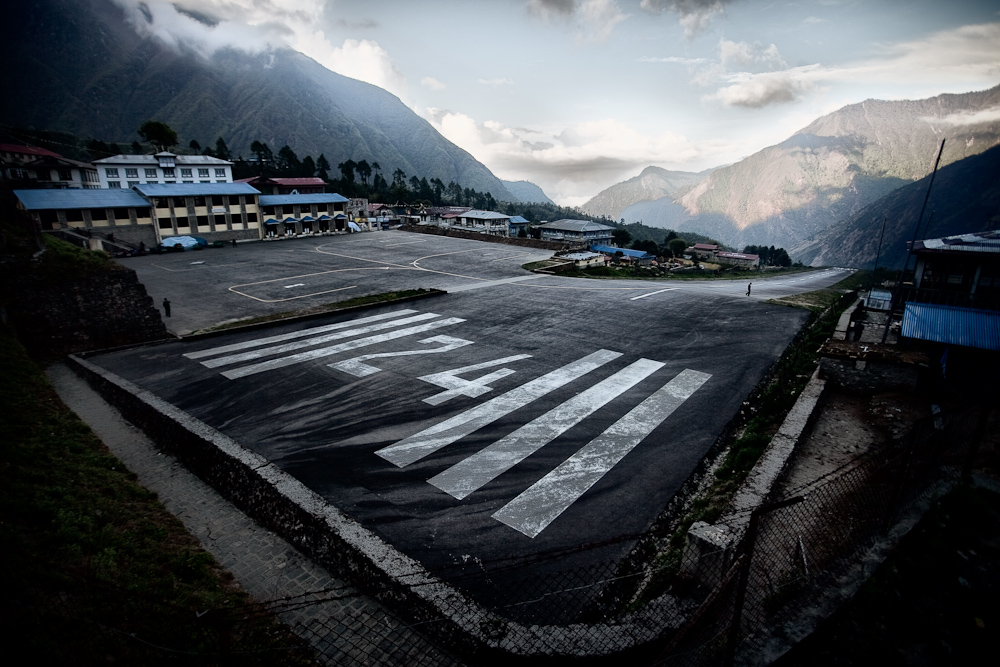
In the Mountains
At first glance, Lukla Airport looks perilous, with nearby mountains making the approach exceptionally difficult. Built in 1964 under the supervision of Sir Edmund Hillary, the airport has grown to serve as a crucial connection point in the region. In 2008, the airport was renamed in honor of Hillary and Sherpa Tenzing Norgay, officially changing the name to Tenzing-Hillary Airport. However, many still refer to the airport as Lukla Airport. Despite its small size, the airport is quite busy, serving 129,508 passengers in 2019.
Lukla Airport's only runway (06/24) is 1,729ft (527m) long and 98ft (30m) wide. In comparison, the shortest runway at LAX is 8,926ft (2,721m) long, more than five times the size. This size limits the type of aircraft that can operate at the airport to those that have Short Takeoff and Landing (STOL) capabilities: the De Havilland Canada DHC-6 Twin Otter, Dornier 228, L-410 Turbolet, and Pilatus PC-6 Turbo Porter, to name a few.
In 2001, Lukla Airport's dirt-and-grass landing strip was paved with asphalt, improving safety for arriving and departing aircraft.
One Size Too Small: What Happened to the Airbus A318?
Due to the short field length, the runway is much steeper than at other commercial airports. The uphill gradient for Lukla's runway is 11.7 percent, which is generally considered very steep for regular commercial use. For context, LAX's runways have an average gradient of just 0.16 percent. While this slope might seem even more challenging for pilots, it helps the aircraft gain or lose speed more quickly, as this runway functions as a slope for these planes. For arriving aircraft, the tilt upwards helps the aircraft slow down on its landing roll. On the other hand, for departing aircraft, the tilt downwards helps the aircraft gain speed on its takeoff roll.
In addition to the single runway, there are several helipads alongside the runway. Helicopter tours of Lukla are offered, with flights to Mount Everest Base Camp being offered at rates starting at $1,200 per person.
The Importance of Visual Flight Rules
With the airport being situated in the middle of a mountain, several factors make the approach to the airport difficult, primarily the requirement for pilots to fly under Visual Flight Rules (VFR).
VFR requires pilots to navigate using visual cues from the environment. While flying under VFR is most common for small aircraft, it is heavily dependent on good weather conditions. To operate under VFR, certain minimum weather requirements must be met, such as good visibility and cloud ceiling height. These are known as Visual Meteorological Conditions (VMC). If these conditions are not satisfied, the environment is classified as Instrument Meteorological Conditions (IMC), and pilots must instead rely on instruments to fly under Instrument Flight Rules (IFR).
Supersonic Secrets: The Tupolev Tu-144 "Concordski"
Unlike VFR, IFR allows pilots to navigate without visual references, relying entirely on onboard instruments and guidance from air traffic control. This is especially important for flights operating under bad weather or low visibility, as the crew might experience difficulty when looking out the window for reference. As a result, nearly all commercial flights operate under IFR, and most airports are equipped with the necessary systems to support it.
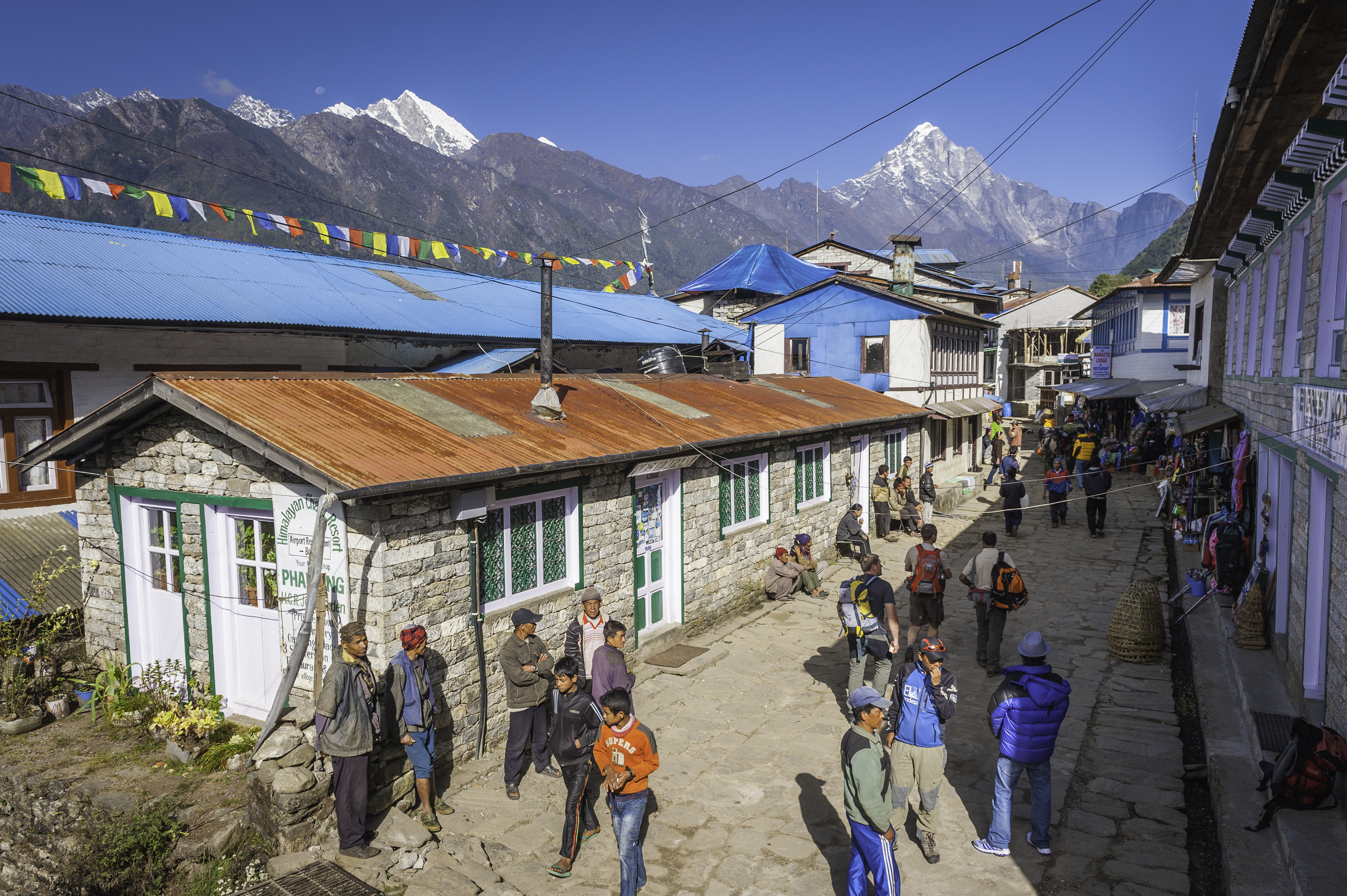
However, Lukla Airport lacks the infrastructure to support these IFR operations. All approaches must be conducted under VFR. Hence, when visibility drops so that an approach under VFR is deemed dangerous or impossible, the airport is forced to halt operations. During monsoon season, this is quite common, with as many as 50% of the flights to Lukla being cancelled.
In addition to strict visual weather requirements, pilots must also contend with other hazardous factors unique to the airport’s mountainous terrain. For example: because the airport is surrounded by mountains, aircraft can only land on one side of the runway. This can become problematic during certain parts of the day when tailwinds are stronger.
Wind is a critical factor that can significantly affect an aircraft's performance. Tailwinds blow in the same direction as the aircraft is flying, while headwinds blow in the opposite direction. When an aircraft is cruising, tailwinds increase an aircraft's speed, improving fuel efficiency. However, during takeoff and landing, tailwinds can be hazardous. They reduce the effective lift generated by the wings, requiring a higher ground speed to achieve a safe takeoff or landing. This is especially dangerous at Lukla Airport, as the runway is very short, and a strong tailwind can prevent an aircraft from safely stopping within the available distance.
Therefore, to avoid operational hazards, the airport closes from mid to late morning, when tailwinds are usually the strongest. This means that flights are usually scheduled for the early morning hours.
Additionally, mountainous terrain immediately ahead of the runway makes go-arounds impossible. As a result, Lukla Airport does not have a standard go-around procedure; once a pilot commits to landing, aborting the attempt is not an option.
Thus, a landing attempt would simply not be possible if a strong tailwind is present due to the dangers associated with a failed landing attempt.
While there are daily flights offered by three airlines — Sita Air, Summit Air, and Tara Air — they are often affected significantly by weather, as low visibility also poses a large risk to aircraft attempting to locate the airport through the mountains.
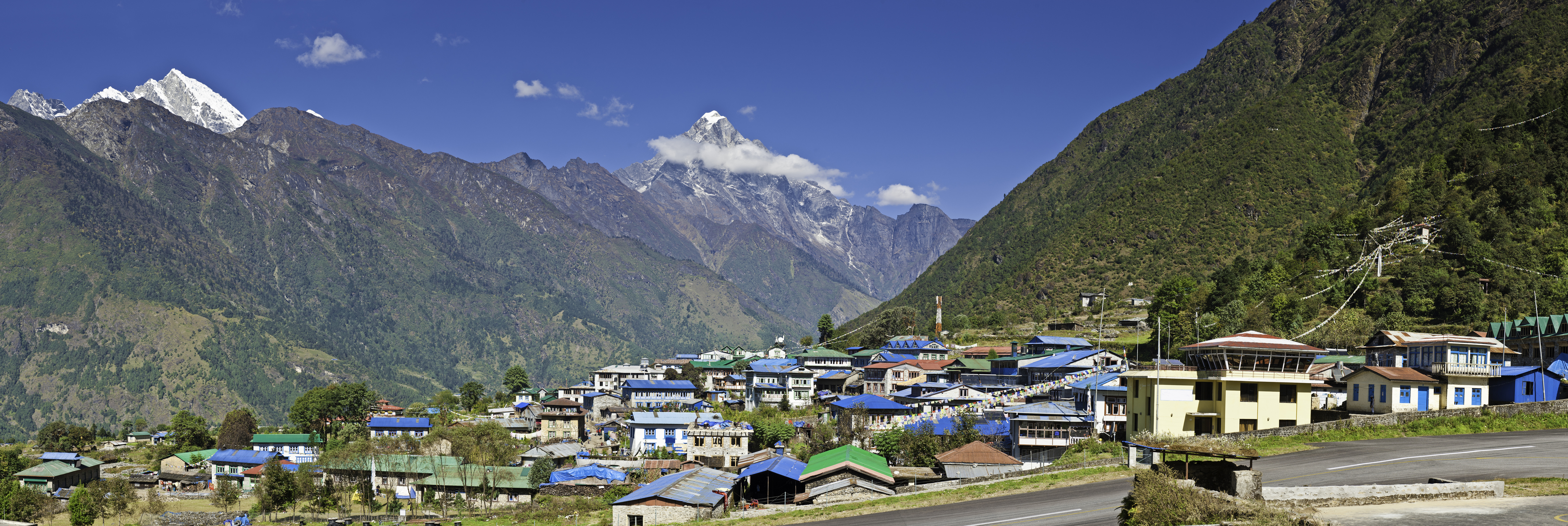
Considering every factor mentioned above, Lukla Airport is not only a difficult airport for pilots that fly in and out, but also hard for the town due to its airport's inconsistent operation. This can cause other problems, considering the airport's role as a lifeline for the local community. Due to the lack of roads in the region, there is no other way to access the town, often leaving tourists and hikers stranded for days when their flights are delayed or cancelled.
The Most Dangerous Airport in the World
These challenges have given Lukla Airport the title of "The Most Dangerous Airport in the World." In order to operate flights to the airport, pilots must satisfy certain requirements set by the Civil Aviation Authority of Nepal, including successful operation of 100 STOL missions, more than one year of STOL experience in the country, and completion of at least 10 flights into Lukla Airport with a certified instructor onboard.
 Ad by Jetstream Magazine by AeroXplorer.
Ad by Jetstream Magazine by AeroXplorer.
However, despite the rigorous requirements, there have still been numerous accidents at the airport. Eleven recorded incidents have occurred since 1973, claiming the lives of 26 people.
Lukla Plane Crashes
The most fatal crash at Lukla occurred in 2008, when Yeti Airlines flight 101 crashed just short of the runway, killing everyone except the Captain. There were 19 people on board: 17 passengers and 2 crew members.
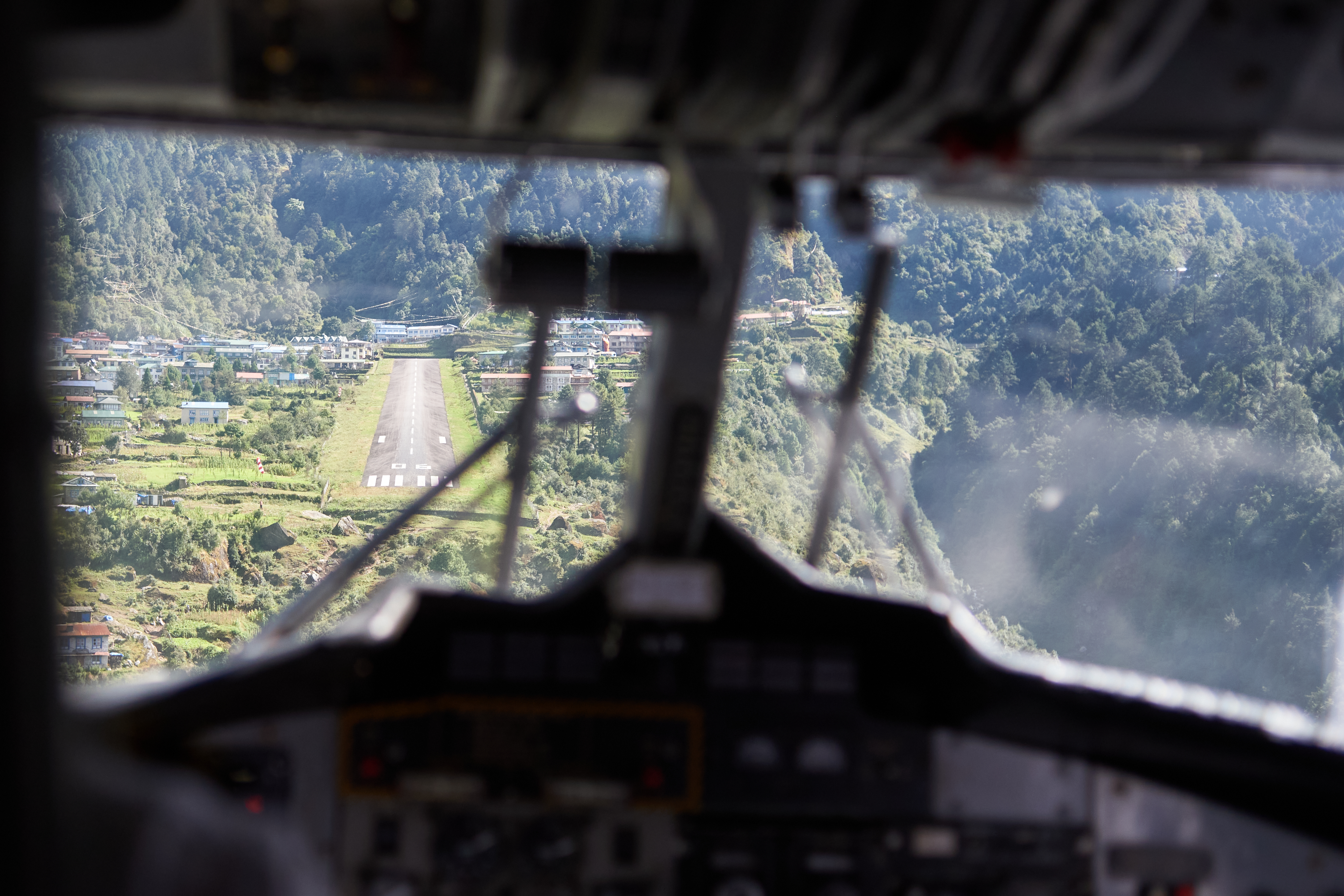
The Twin Otter was operating a routine domestic flight to Lukla Airport. Despite low visibility at Lukla, the Automatic Flight Information Service personnel elected to keep the airport open, as there were multiple flights scheduled to land within the hour. During Flight 101's approach, the pilot reportedly lost sight of the runway due to the low visibility, but decided to proceed with the landing regardless. The aircraft was too low and crashed mere feet from the runway. After the crash, landing in bad weather was further restricted, and a memorial plaque was put in place near the crash site.
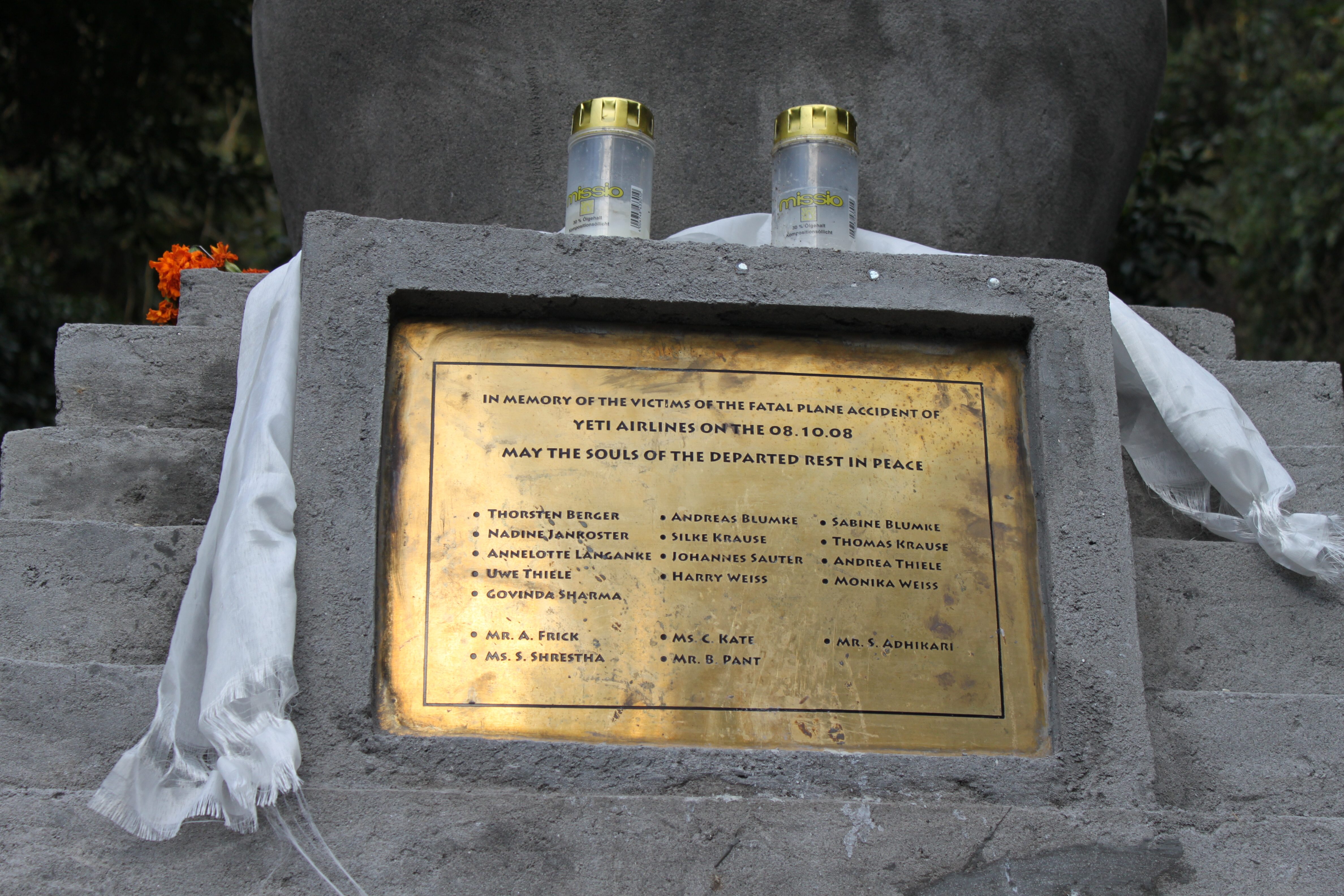
The most recent crash occurred in 2019, when a Summit Air Let L-410 Turbolet veered off the runway while taking off, crashing into a parked helicopter. The aircraft's co-pilot and two police officers on the ground were tragically killed.
Investigations revealed that the cause of the crash was most likely pilot error, as asymmetrical thrust was believed to have been applied on takeoff. Thrust to the right engine was abruptly pulled back (presumably by accident), causing the aircraft to veer off the runway. By the time the pilots realized what was happening, it was unfortunately too late to recover.
A Backbone to its Community
Despite having such an unfortunate title, Lukla Airport is still operating normally with daily flights to the Nepalese capital, Kathmandu. The airport is still an important port to the local communities for goods, building supplies, and the transportation of emergency patients.
Terminal Trouble: One of Japan's Busiest Airports is Slowly Sinking
The airport is also the closest commercial airport to the Mount Everest Base Camp, being the only option available for tourists and hikers who wish to climb the mountain. While trekking to Lukla is possible, most hikers prefer to fly in, saving time and energy before beginning the 80-mile (130 km) trek to Everest Base Camp. Thus, daily flights to Lukla continue to this day.
Whether a daring test of pilot skill or a vital artery for Himalayan life, Lukla Airport remains one of aviation’s most extraordinary, and unforgiving, destinations.
Is flying to Lukla on your wishlist? Do you think the airport deserves its infamous nickname? Let us know in the comments!
This content is only available with an AeroXplorer+ subscription.
Pakistan International Airlines Returns to Manchester after 5-Year Ban » PHOTOS: Inside Gulfstream's New G800, the World's Longest-Range Business Jet » Beyond GPS: How Quantum Navigation Could Redefine the Future of Flight »
Comments (0)
Add Your Comment
SHARE
TAGS
INFORMATIONAL Lukla Airport Nepal Magazine Jetstream MagazineRECENTLY PUBLISHED
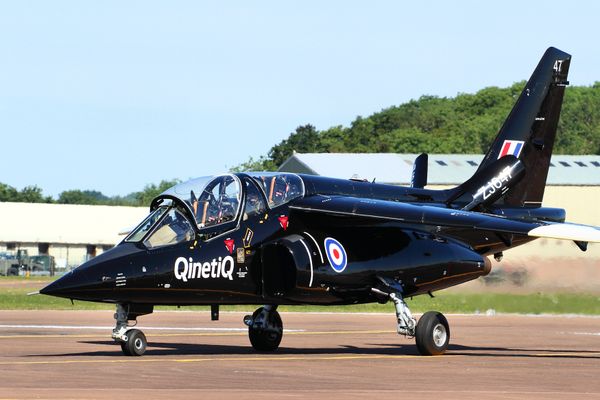 Beyond GPS: How Quantum Navigation Could Redefine the Future of Flight
Quantum Navigation: It may sound like something out of a science fiction novel, but navigation using the principles of quantum physics is quickly becoming a reality.
INFORMATIONAL
READ MORE »
Beyond GPS: How Quantum Navigation Could Redefine the Future of Flight
Quantum Navigation: It may sound like something out of a science fiction novel, but navigation using the principles of quantum physics is quickly becoming a reality.
INFORMATIONAL
READ MORE »
 Boom Supersonic Says It Can Fly Faster Than Sound, Without a Sound
After the retirement of the Concorde in 2003, the regulations that grounded high-speed airlines over land, which were originally written in the 1970s, remained untouched. Boom Supersonic's upcoming airliner, Overture, aims to change that. Through a combination of modern aerodynamics and advanced computing, Boom believes the era of quiet supersonic flight over populated regions is closer than most might think.
STORIES
READ MORE »
Boom Supersonic Says It Can Fly Faster Than Sound, Without a Sound
After the retirement of the Concorde in 2003, the regulations that grounded high-speed airlines over land, which were originally written in the 1970s, remained untouched. Boom Supersonic's upcoming airliner, Overture, aims to change that. Through a combination of modern aerodynamics and advanced computing, Boom believes the era of quiet supersonic flight over populated regions is closer than most might think.
STORIES
READ MORE »
 Pakistan International Airlines Returns to Manchester after 5-Year Ban
After a hiatus of more than five years, Pakistan International Airlines (PIA) has resumed flights to the United Kingdom. The newly reinstated nonstop service between Islamabad (ISB) and Manchester (MAN) officially took off on October 25th.
ROUTES
READ MORE »
Pakistan International Airlines Returns to Manchester after 5-Year Ban
After a hiatus of more than five years, Pakistan International Airlines (PIA) has resumed flights to the United Kingdom. The newly reinstated nonstop service between Islamabad (ISB) and Manchester (MAN) officially took off on October 25th.
ROUTES
READ MORE »


